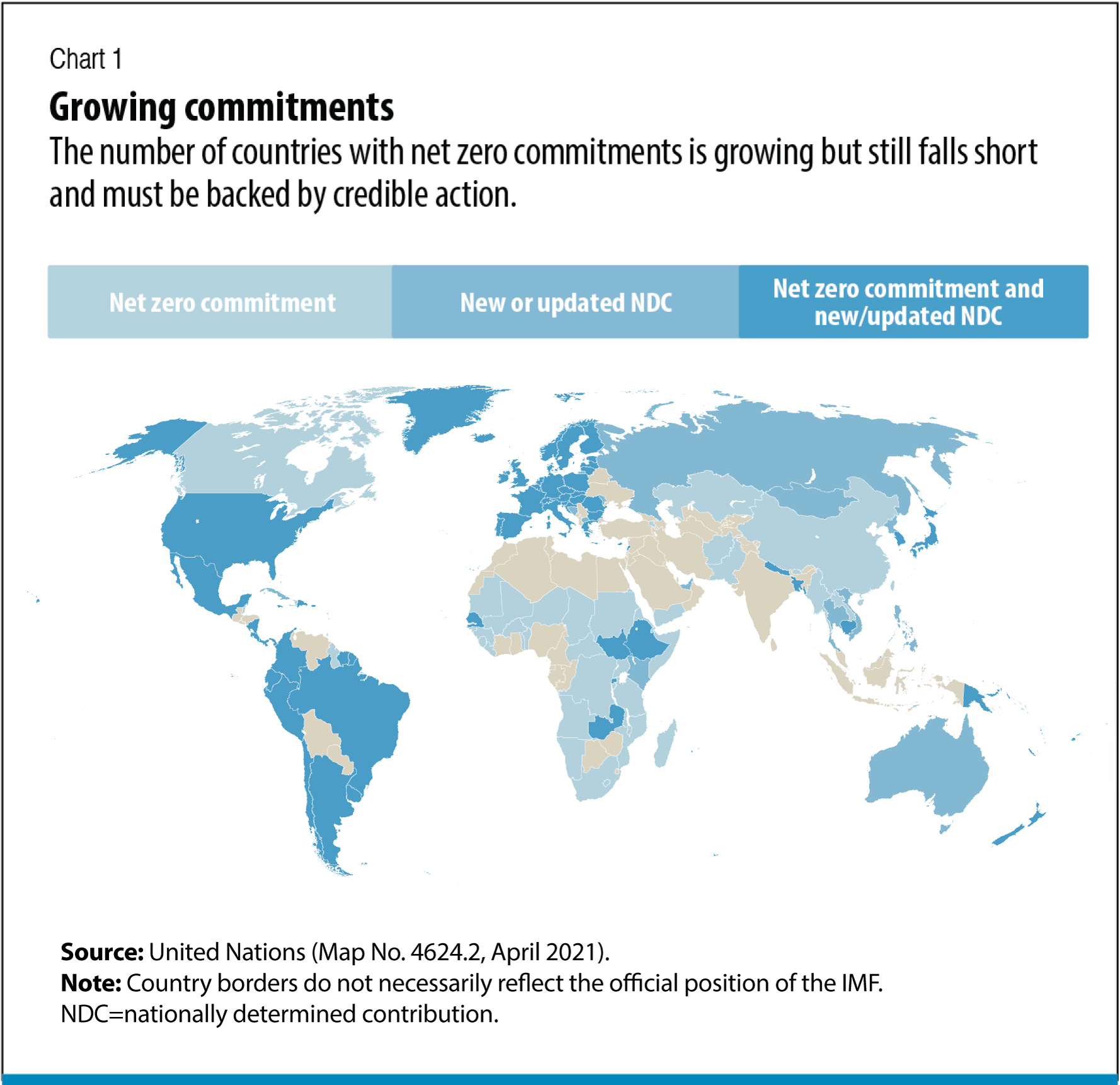The IEA outlines a path to decarbonize the energy sector in three decades
Following a raft of net zero target announcements in 2020 and 2021, scrutiny is mounting about the plans to get there. Some countries have detailed outlines of how they will reduce their emissions to net zero, but many still do not. Thanks to countries with detailed plans we have an idea of the task at hand to decarbonize at the country level, but it is hard to imagine what it will take on a global basis. This is especially true given that the current global pledges won’t get us to net zero in time to limit the temperature rise to 1.5°C.

To address this problem, the International Energy Agency (IEA) released its “Net Zero by 2050” report. The study’s detailed road map outlines the policies, technologies, and behavioral changes needed to achieve a net zero energy system in just three decades. The energy sector holds the key to decarbonizing the global economy: energy-related emissions account for about three-quarters of total CO₂ emissions.
A daunting picture emerges from the report: the energy sector needs a complete overhaul.To succeed, governments must act immediately and decisively to end fossil fuel consumption and craft a resilient energy economy dominated by renewables such as solar and wind power. The pathway to success is narrow, but the IEA report makes it clear that it is achievable. Decisive climate action now will put the global economy on a stronger and more sustainable footing over the long run.

Opinions expressed in articles and other materials are those of the authors; they do not necessarily reflect IMF policy.









